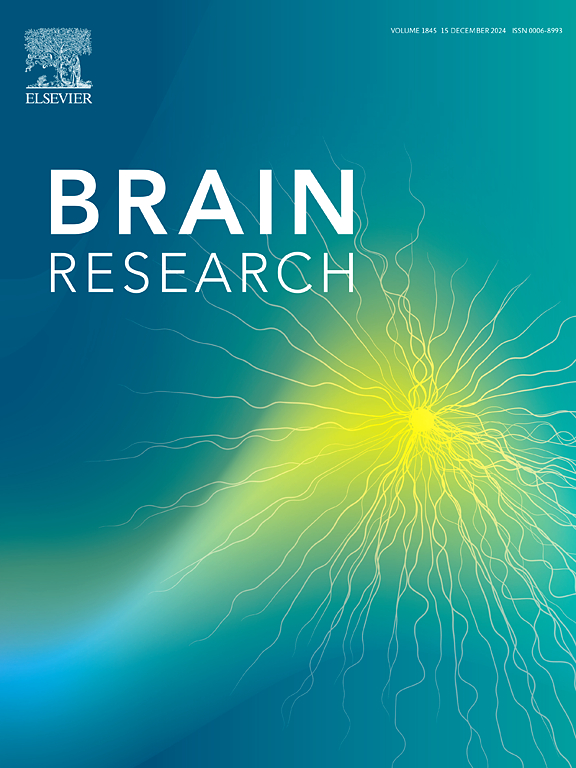High frequency exercise after human cranial bone-derived mesenchymal stem cells transplantation enhances motor functional recovery following traumatic brain injury in mice
IF 2.7
4区 医学
Q3 NEUROSCIENCES
引用次数: 0
Abstract
Traumatic brain injury (TBI) causes a neurological impairment of the central nervous system that may induce severe motor deficits. In this study, human cranial bone-derived mesenchymal stem cells (hcMSCs) were transplanted into a mouse TBI model, and the effects of differences in exercise frequency were examined as a rehabilitation approach to improve motor function after cell transplantation. Twenty-four hours after TBI induction, phosphate-buffered saline or hcMSCs were intravenously injected into mice that were divided into a non-exercise group, a low-frequency exercise group (LF Ex), and a high-frequency exercise group (HF Ex). Beam walking tests and rotarod tests were performed over time to assess motor function. Injured brain tissues were collected for mRNA and protein expression analysis on days 8 and 35 after TBI induction. On days 28 and 35 after TBI induction, significant associations were found between hcMSC transplantation (T) and exercise factors. Notably, the T + HF Ex group exhibited a significant improvement in motor function compared with the other groups. Moreover, we found that the mRNA and protein expression levels of growth associated protein 43 (GAP-43), hepatocyte growth factor (HGF), and nerve growth factor (NGF) were significantly higher in the T + HF Ex group than in other groups. Increased expression of GAP-43 enhances synaptic regeneration and promotes functional recovery. High expression of NGF accelerates neural differentiation, and HGF ensures the efficacy of hcMSCs. These data suggest that hcMSC transplantation combined with high-frequency exercise is a promising option for TBI treatment.

求助全文
约1分钟内获得全文
求助全文
来源期刊

Brain Research
医学-神经科学
CiteScore
5.90
自引率
3.40%
发文量
268
审稿时长
47 days
期刊介绍:
An international multidisciplinary journal devoted to fundamental research in the brain sciences.
Brain Research publishes papers reporting interdisciplinary investigations of nervous system structure and function that are of general interest to the international community of neuroscientists. As is evident from the journals name, its scope is broad, ranging from cellular and molecular studies through systems neuroscience, cognition and disease. Invited reviews are also published; suggestions for and inquiries about potential reviews are welcomed.
With the appearance of the final issue of the 2011 subscription, Vol. 67/1-2 (24 June 2011), Brain Research Reviews has ceased publication as a distinct journal separate from Brain Research. Review articles accepted for Brain Research are now published in that journal.
 求助内容:
求助内容: 应助结果提醒方式:
应助结果提醒方式:


